
Experiments & Math(s) to understand and exploit T cells.
Founder & Director of MatchBio Ltd
Platforms for studying cell–cell recognition by immune cells
onlinelibrary.wiley.com/doi/10.1111/...
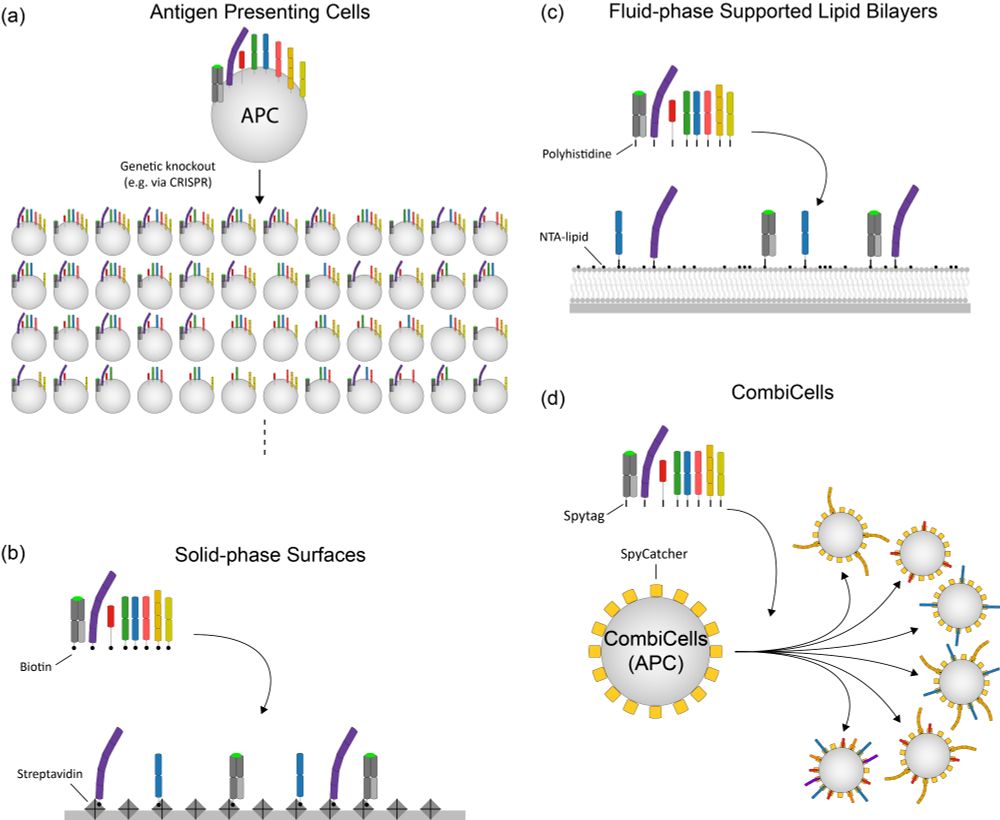
Platforms for studying cell–cell recognition by immune cells
onlinelibrary.wiley.com/doi/10.1111/...
www.nature.com/articles/s41...
A new Tools of the Trade article from Nature Reviews Immunology by Sofía Bustamante Eguiguren in our lab highlights the CombiCell platform to combinatorially display and titrate many cell surface ligands
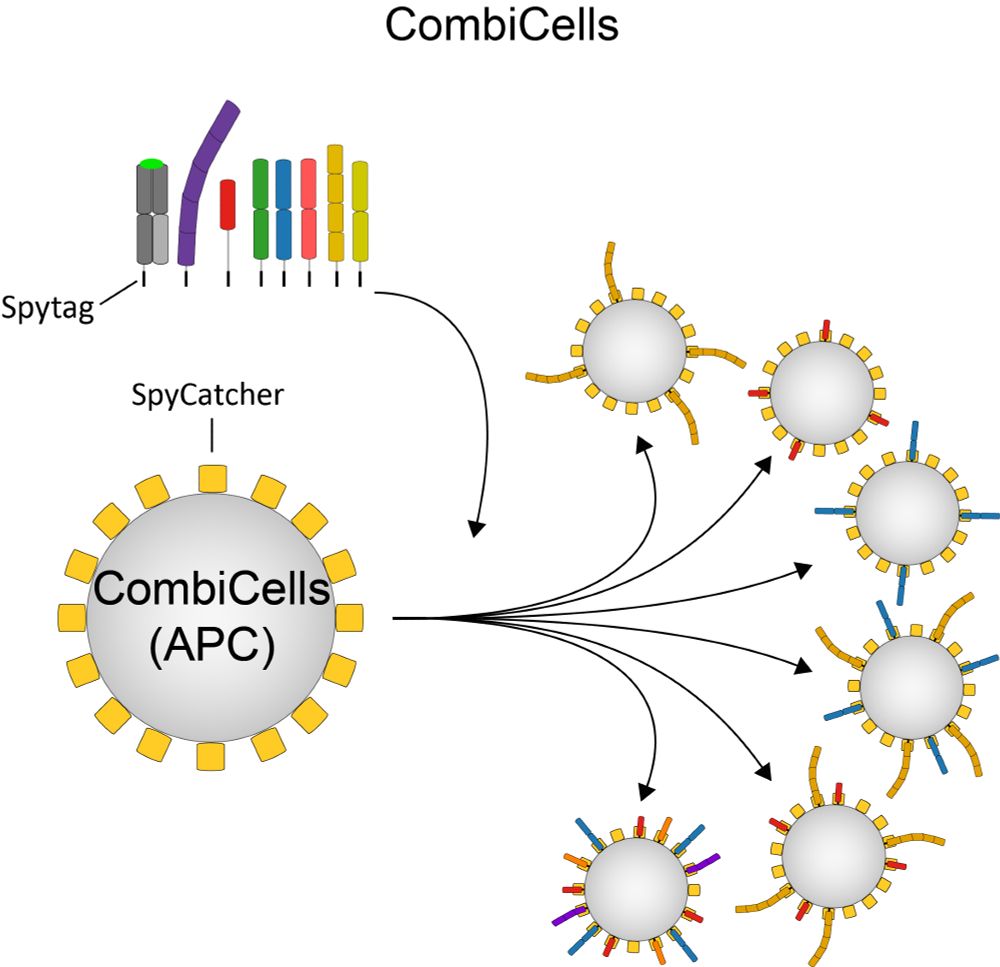
www.nature.com/articles/s41...
A new Tools of the Trade article from Nature Reviews Immunology by Sofía Bustamante Eguiguren in our lab highlights the CombiCell platform to combinatorially display and titrate many cell surface ligands












The 3D affinities of the OT-I TCR to foreign and self-antigens predict their 2D affinities and reveal imperfect antigen discrimination
www.biorxiv.org/content/10.1...
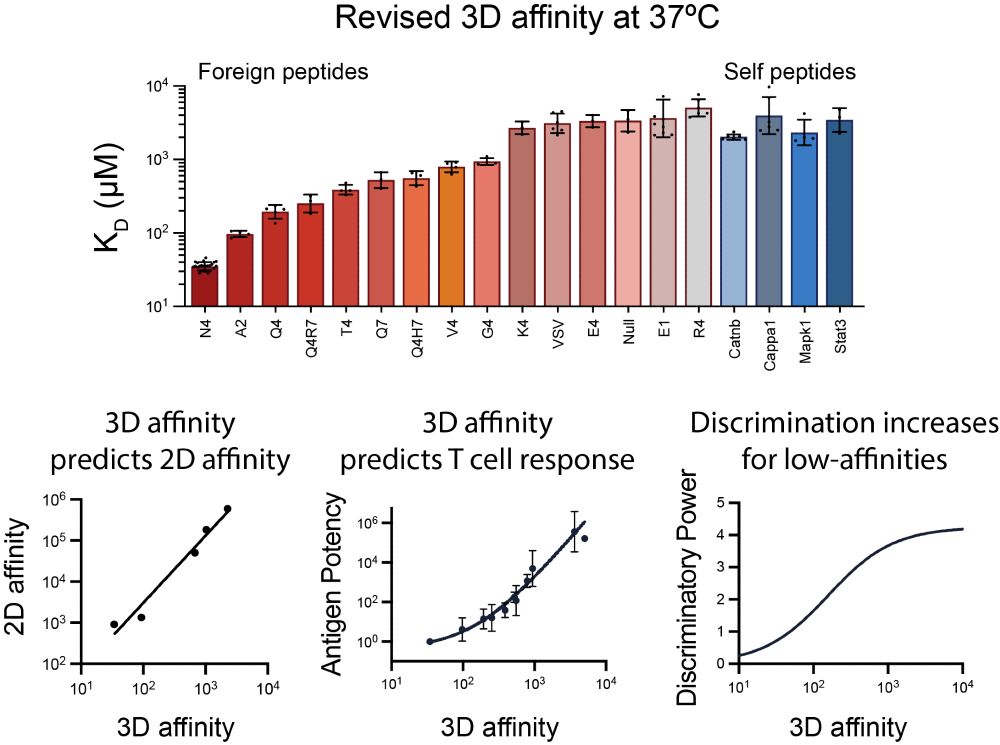

The 3D affinities of the OT-I TCR to foreign and self-antigens predict their 2D affinities and reveal imperfect antigen discrimination
www.biorxiv.org/content/10.1...


Optimising CAR-T cell sensitivity by engineering matched extracellular sizes between CAR/antigen and CD2/CD58 adhesion complexes
biorxiv.org/cgi/content/...

Optimising CAR-T cell sensitivity by engineering matched extracellular sizes between CAR/antigen and CD2/CD58 adhesion complexes
biorxiv.org/cgi/content/...
The molecular reach of antibodies crucially underpins their viral neutralisation capacity
lnkd.in/epe8YZPm
Thank you to the reviewers for constructive feedback!
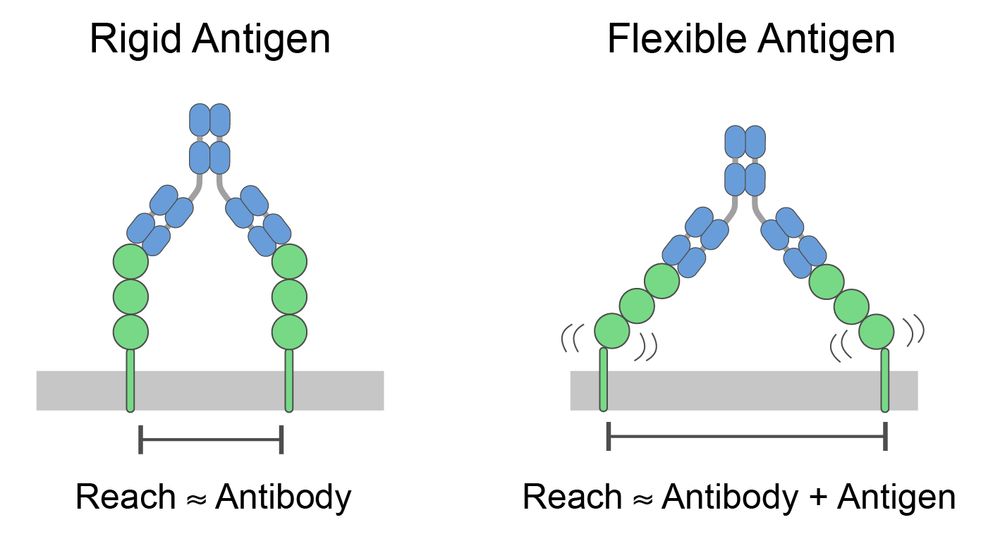
The molecular reach of antibodies crucially underpins their viral neutralisation capacity
lnkd.in/epe8YZPm
Thank you to the reviewers for constructive feedback!
We show that T cell cross-reactivity can be reduced without modifying the TCR itself (by dramatically enhancing antigen discrimination).
Generation of T cells with reduced off-target cross-reactivities by engineering co-signalling receptors
www.biorxiv.org/content/10.1...
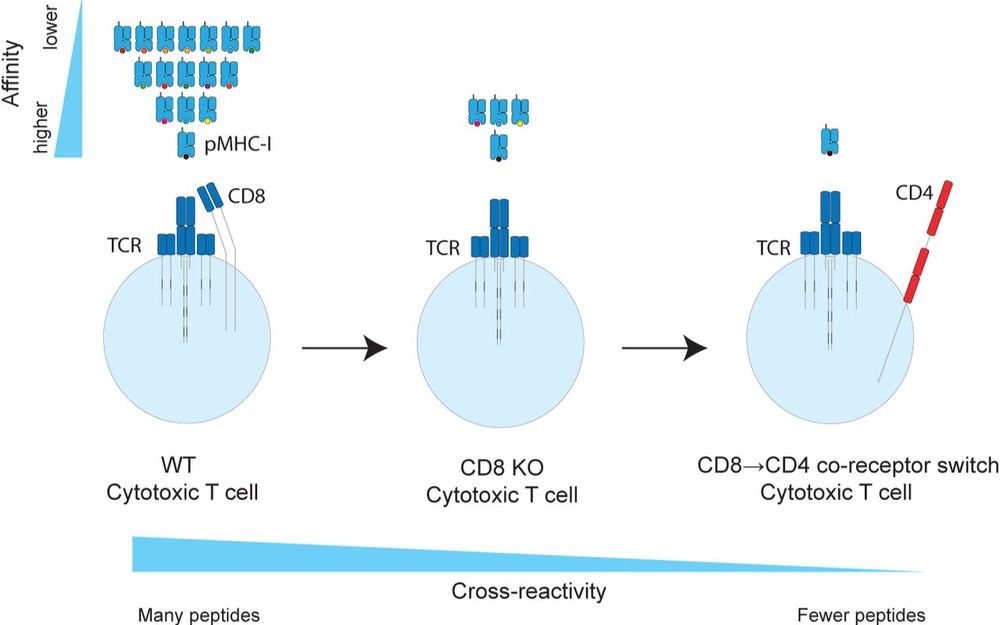
We show that T cell cross-reactivity can be reduced without modifying the TCR itself (by dramatically enhancing antigen discrimination).
Generation of T cells with reduced off-target cross-reactivities by engineering co-signalling receptors
www.biorxiv.org/content/10.1...
Regulation of temporal cytokine production by co-stimulation receptors in TCR-T cells is lost in CAR-T cells
biorxiv.org/content/10.1...
X Thread: x.com/Dushek/statu...



Regulation of temporal cytokine production by co-stimulation receptors in TCR-T cells is lost in CAR-T cells
biorxiv.org/content/10.1...
X Thread: x.com/Dushek/statu...
We describe a method for combinatorial display and titration of ligands directly on the surface of cells.
We use it to study T-cell antigen sensitivity and the contribution of co-stimulation/inhibition receptors.
www.embopress.org/doi/full/10....

We describe a method for combinatorial display and titration of ligands directly on the surface of cells.
We use it to study T-cell antigen sensitivity and the contribution of co-stimulation/inhibition receptors.
www.embopress.org/doi/full/10....

